— Interview by Zachary Calleja
Sydney-based furniture and home hardware designer Henry Wilson is renowned for his specific brand of quiet luxury. Here, he discusses his common-sense approach and the importance of intention.
ZACHARY CALLEJA: When did your interest in art and design emerge?
HENRY WILSON: Mum is an architect [and as a youngster] I always enjoyed going to her office when she was working, intrigued by all of the samples, the models, and I suppose the materiality of it all. I’ve always felt strongly about the way [interior] spaces can change how we interact and connect with our environment. While I am a designer of objects and furniture, it comes with a deep respect, understanding and passion for architecture and interiors.
ZC: How would you describe the meeting of utility and decadence in your work?
HW: I like to turn up the volume on contrast. If the material is really slick and luxurious, like stone, I try to make the form quite unexpected, so you feel like you’re showing the material off through its qualities. You embrace the fact that it has marks and shapes in it, recognise how cutting it a certain way will reveal more patterning.
ZC: Your alabaster Pagoda lamp and stool highlight stone as a material with both raw and relic qualities, as does the honey onyx Pillar lamp and Block sconce. What appeals to you about these materials?
HW: Alabaster has been fun to play with, partly because it has this skin-like quality; it’s semitranslucent, it picks up flecks of light and seems to store it. You can understand why people say it possesses a kind of energy. Really, it’s the sculptural element that draws me to stone as a material. Lamps aren’t always switched on, so I like to consider how the object works within the space beyond this simple function. Lamps are also a nice thing to design because they have that bit of magic when you turn them on. For the stool, too, it was this challenge of working with opacity and solidity. In both cases, you have this intriguing object that takes on different contexts and qualities in different spaces because of the permeability of light.
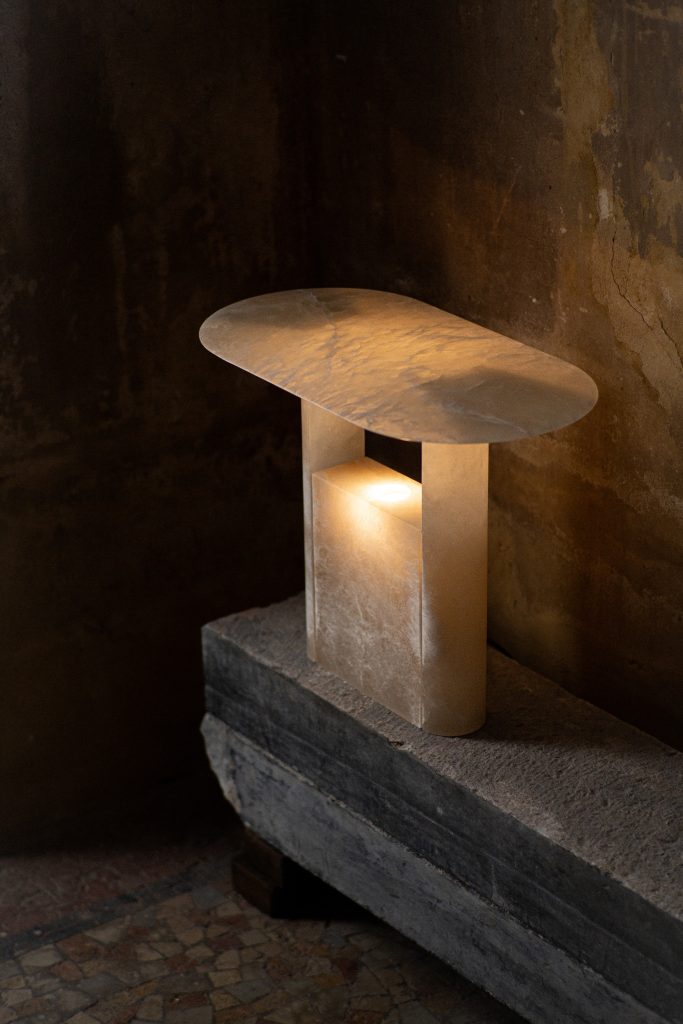
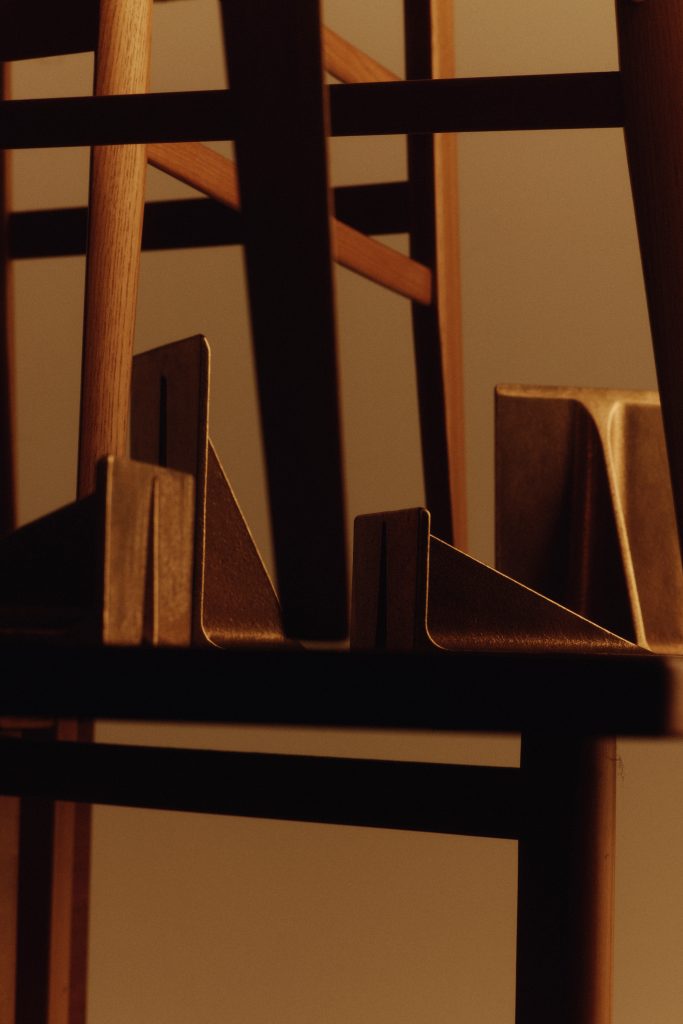
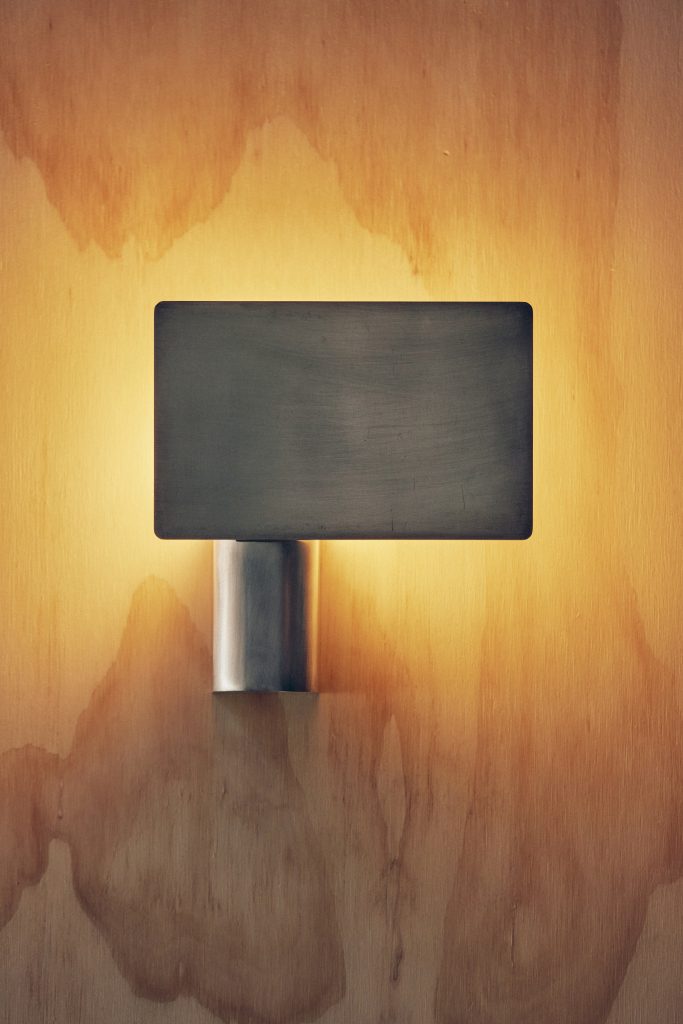
ZC: You previously worked with Aesop to design the interiors of two Sydney stores, as well as the brass oil burner that launched the brand’s homewares range. What was that collaboration like?
HW: Working with Aesop has been one of the most valuable learning experiences for me. [Founder and former owner] Dennis Paphitis has a great understanding of the industry, the built environment, tactility, ethos of product and emotive response to product. It’s great being in the room with someone who has that kind of knowledge and you’re just observing and being a sponge.
ZC: Do you find you get consumed by endlessly evolving obsessions or hold firm to your creative instincts?
HW: I used to be someone who had a singular focus and specific obsessions, [including] Scandinavian modernism, [with its] bent timber and plywood; clean, sharp, almost cold forms. I ignored anything else that was remotely different. It might help starting out to have this kind of singular focus and sense of taste and direction, but I think it’s more valuable as a designer to be able to interrogate and explain why you [do or] don’t like something. [These days] I really like change. I’m currently working on a little gallery space in Paddington and the brief is to build the space so it can transform and take on different shapes.
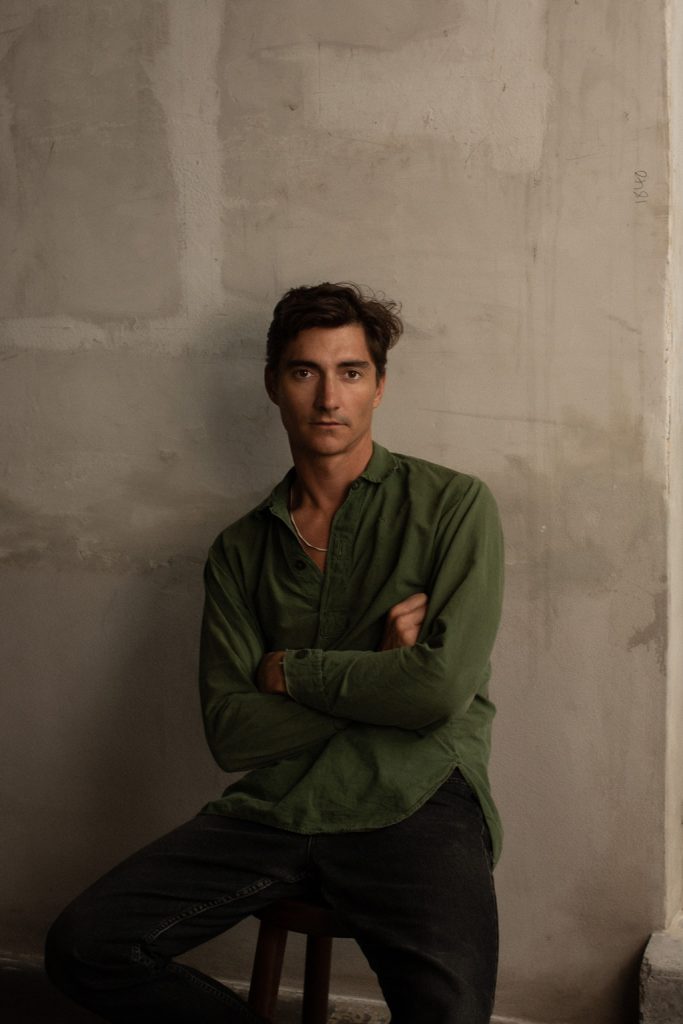
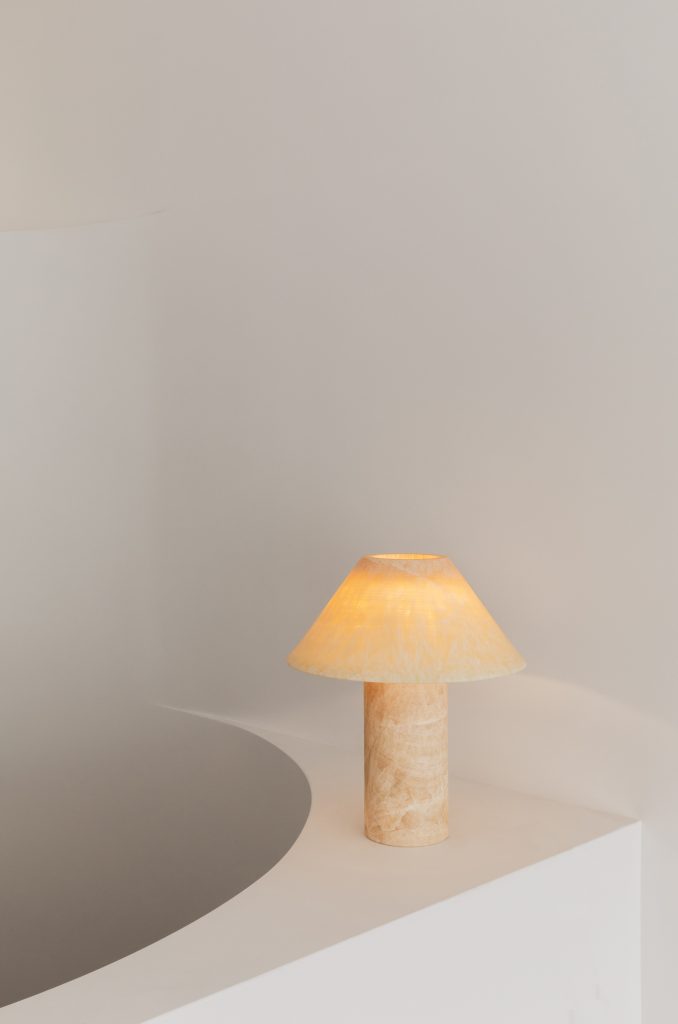
ZC: You travel frequently, what does being on the road do for your inspiration?
HW: Travel is critical I think, particularly in industrial and product design. Seeing how other cultures do things and make things is very revealing and there are so many lessons you can bring back. A lot of my work, and that sense of inspiration, comes from seeing how things work in another context. I feel lucky to have been able to travel at a time when there was still a sense of locality and unique experience of place.
ZC: How has mentorship shaped your journey in the business of design?
HW: It’s hard to unwind the threads of how we come to be where we are. Dennis Paphitis has certainly been a guide, and I had some great teachers at university who were influential in opening my eyes to how things are made; deeper than just the object, but rather the ethics around making things. It sounds a bit high and mighty to talk about ‘ethical production’ but there are so many ways to make things appear to be something they are not, to fake it. It’s also increasingly tempting to do that, but it’s not good design. It ends up catching up with you.
ZC: How does the value of longevity influence your approach?
HW: Hopefully, things are considered and made simply enough that they look and feel timeless, and made well enough [to be] resilient and [able to] be repaired and adapted as needed. Realistically, most of the materials I use, such as bronze or stone, could be around for a number of lifetimes, and even recycled quite easily in the case of metal. But this isn’t really my main consideration. For me, there is inherent sustainability in creating something that people will actually want to use and live with over time. I also don’t have the ego or desire to overproduce at such a scale and volume that will result in things sitting on a shelf or in storage for long periods of time. I prefer to make things as they are needed.
ZC: What does luxury mean to you?
HW: Increasingly it’s patience, quietness, intentional space and time, as well as a kind of rigour. It’s hard to explain but when you bring all of that together, when you are in a space that has these qualities and can affect you in that way, there’s a certain calmness. Luxury is calmness. It’s about being able to take the time to think, even if it’s just watching a movie or reading. There’s a stillness to that intentional time that is luxurious. I don’t necessarily think it’s in materiality or travel, it’s about being able to decompress, and engage with that feeling.
Henry Wilson’s new experimental gallery space will be open by appointment at 87 Paddington St in Sydney when it launches later this year.
